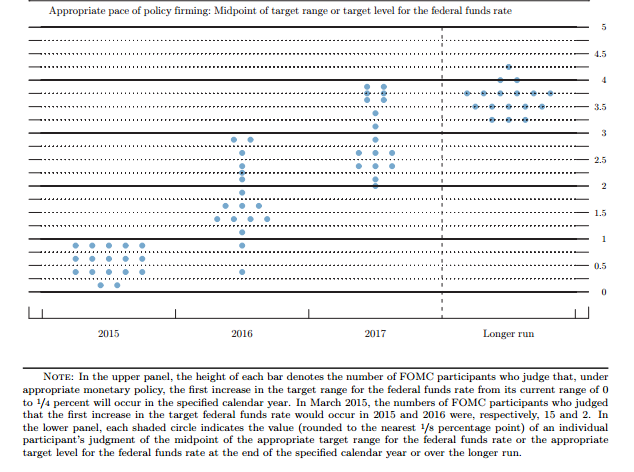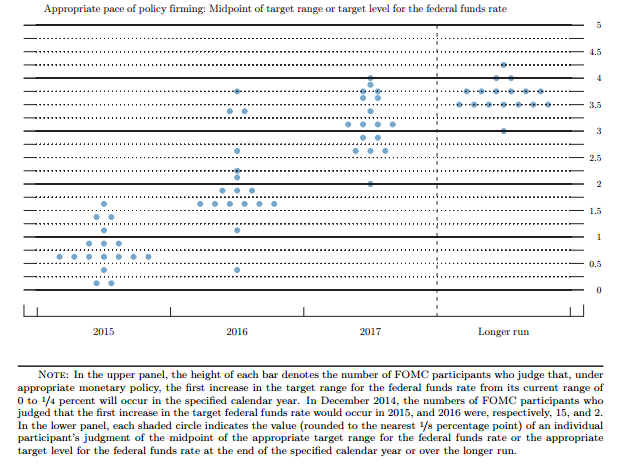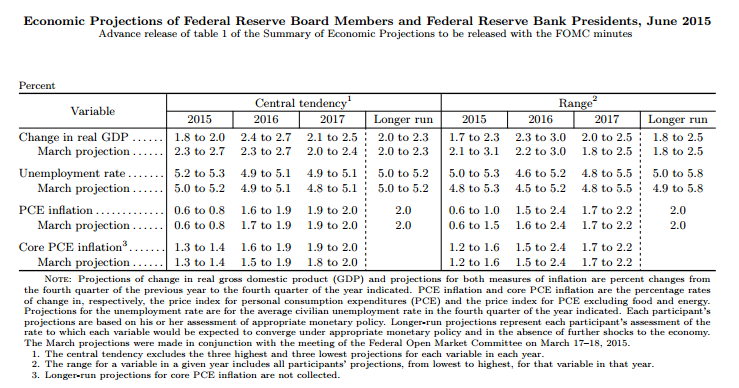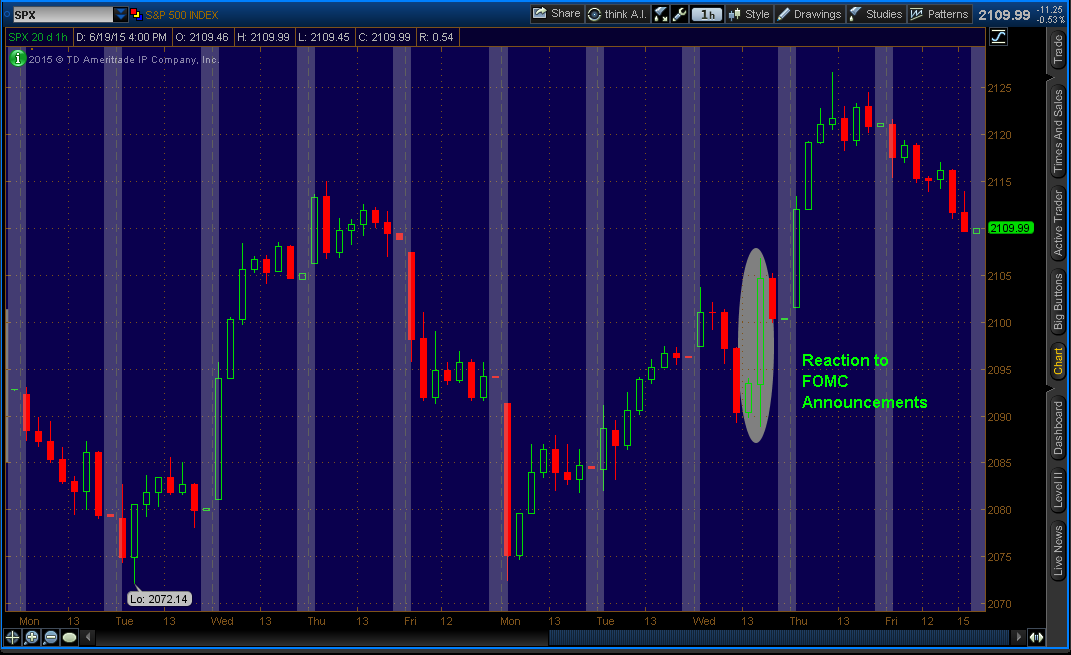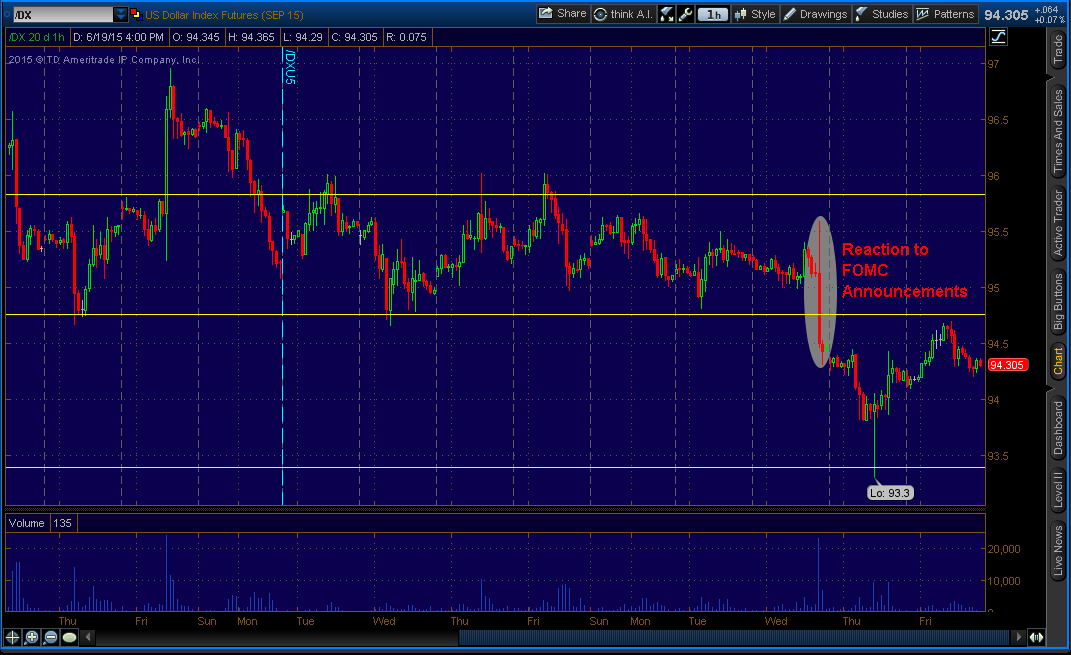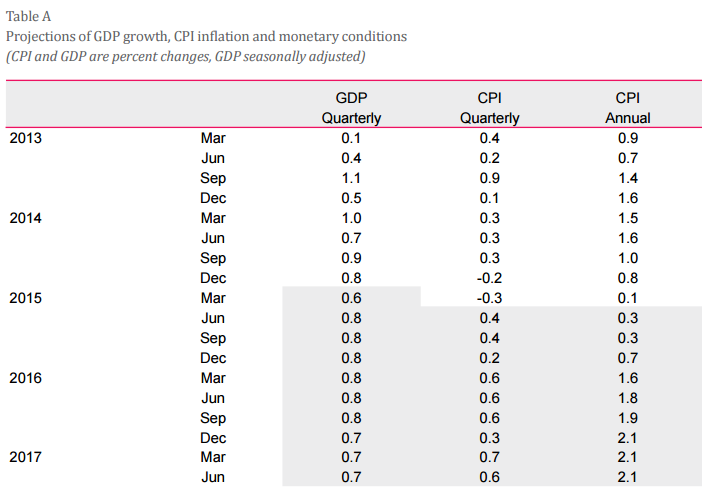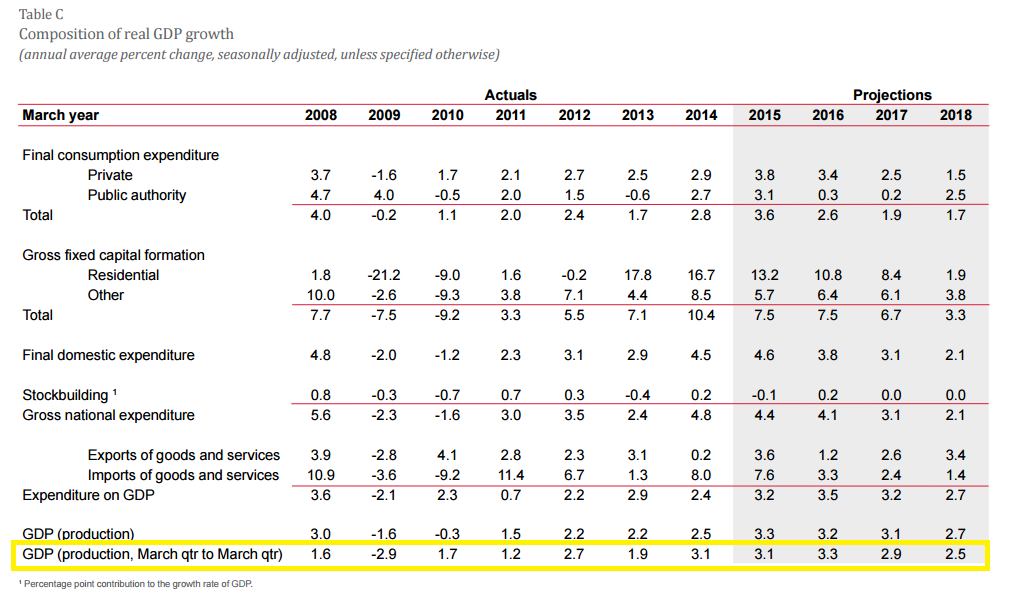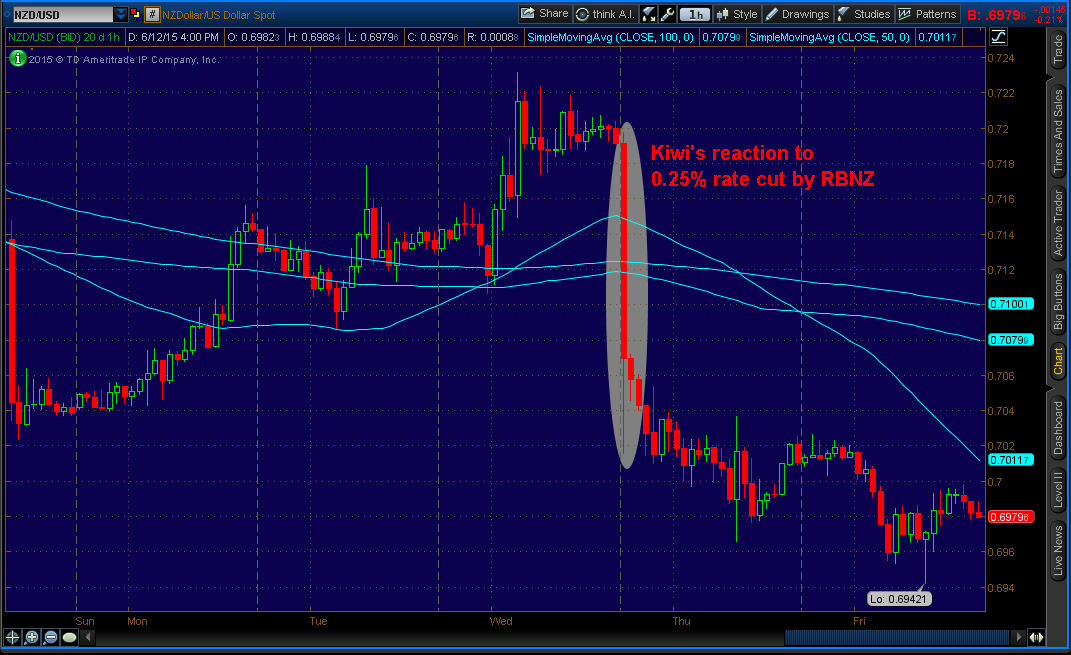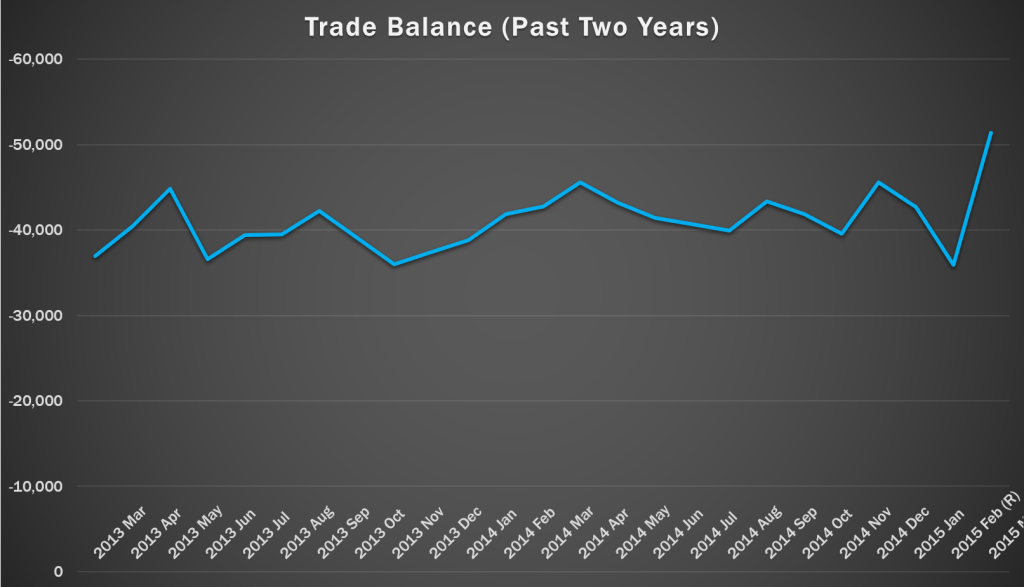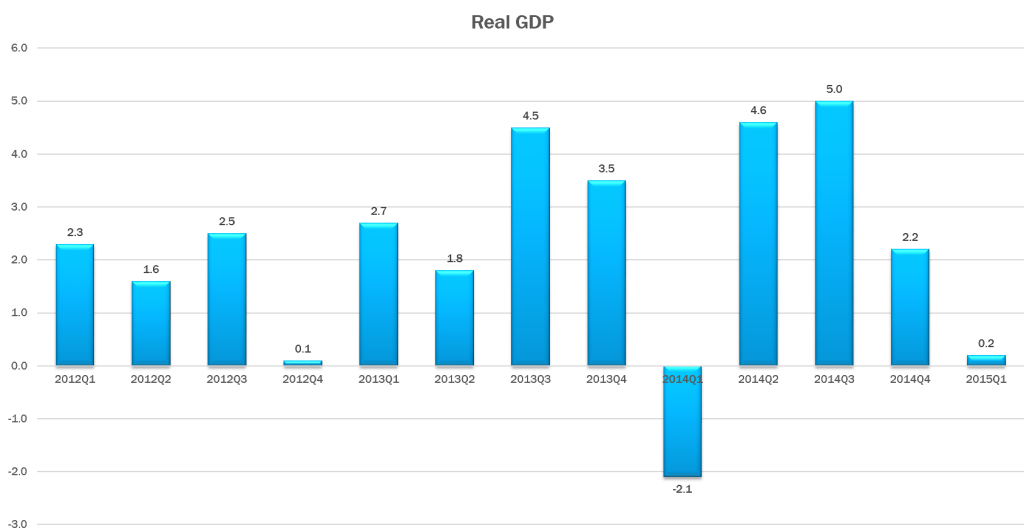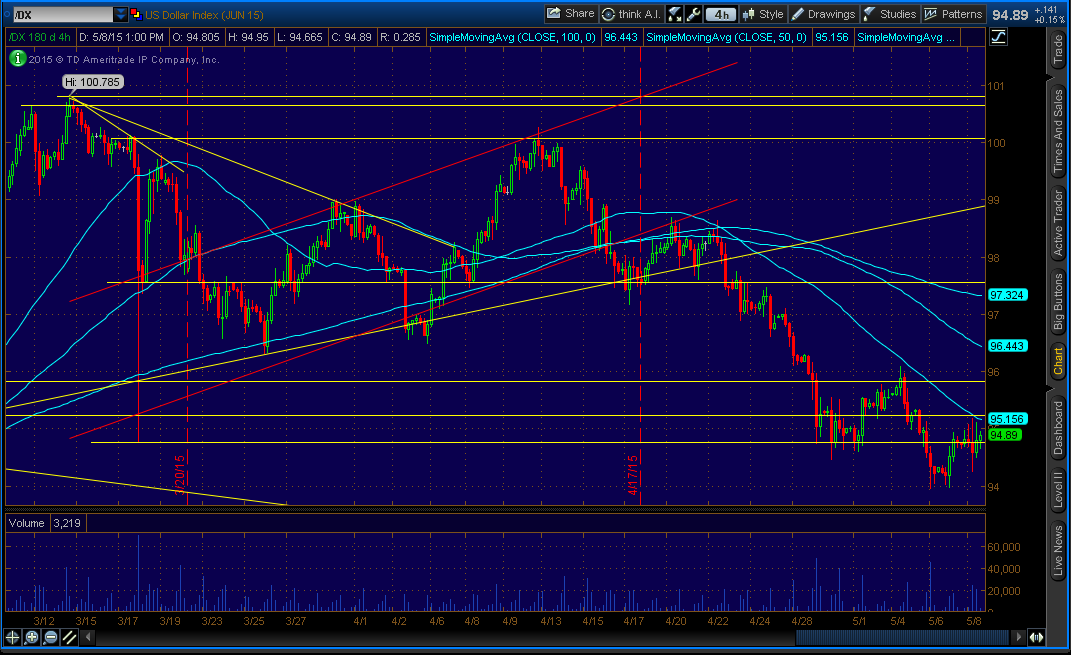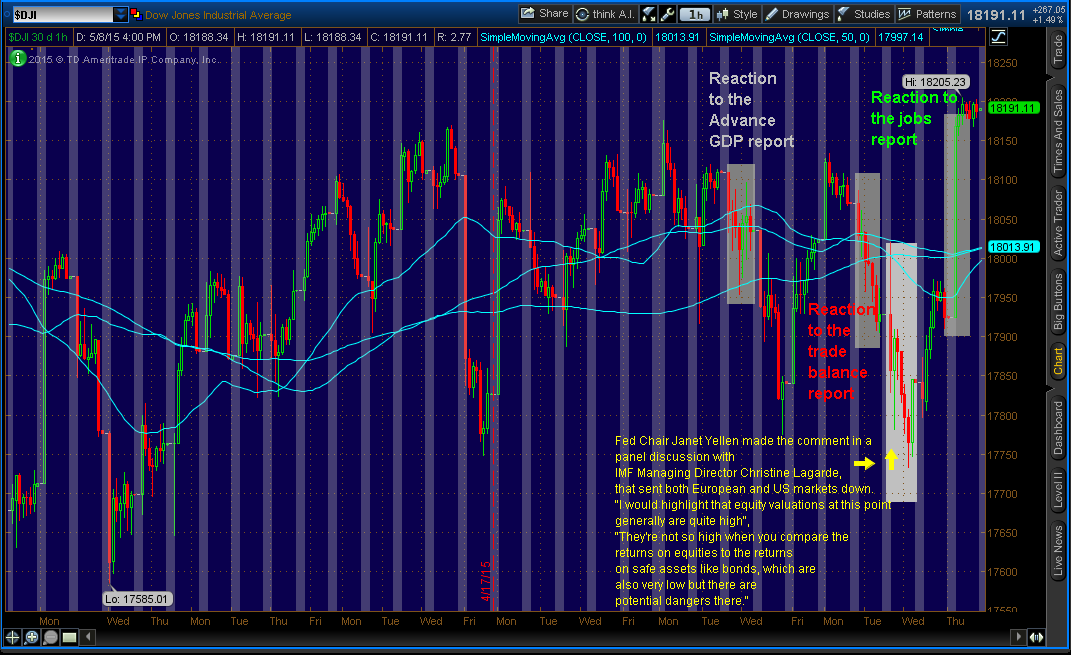Greece had a close call to exit from the 19-member euro-zone (Grexit) following months of uncertainty. Alex Tsipras and Yanis Varoufakis were playing creditors for fools and bluffed too much. Now, they have lost “Liar’s Poker”.
Two weeks ago, more than 61% of Greeks rejected a deal in a referendum that included pensions overhauls and sales taxes. Then on Monday morning, Greece finance minister, Yanis Varoufakis, resigned after Eurogroup participants called for his resign because his absence from its meetings. Before the vote, he said he would resign if Greeks voted “Yes”. He is replaced by Euclid Tsakalotos, who has been involved in talks with European and International Monetary Fund (IMF) creditors.
Then, Euro leaders said that July 12 (Sunday) would be “deal or no deal”. Several days before July 12, Greece Prime Minister Alex Tsipras provided the same type of deal that Greek people voted “No” for, but with little bit tougher austerity. He broke his promise to Greek people.
Over the weekend (July 11-July 12), Euro leaders clashed over the deal. On July 13 morning (Monday), deal was reached. Euro-zone leaders agreed to give Greece three-year bailout up to EUR 86 billion ($93 billion) of aid which Tsipras accepted. This time, he absolutely broke his promise to Greek people.
The deal is much tougher and harsh, for Greece and its people, than the deals in the past few weeks. The deal also includes 30-year, euro-50-billion state privatisation programme. Half of the fund will be used to recapitalise Greek banks, while the remainder will used for debt servicing and other economic needs.
On late July 15 (Wednesday), the Greek parliament approved the deal. In 300-seat chamber, 229 voted to approve the deal and 64 were against it. There was 6 abstentions and 1 absent.
On the morning of July 16 (Thursday), after leaving rates unchanged, European Central Bank (ECB) President, Mario Draghi stated in the press conference that Emergency Liquidity Assistance (ELA) would be increased by 900 million euros ($979 million) over a week. There were reports that Greece asked for $1.5 billion ELA assistance.
On the same day, the Eurogroup finance ministers agreed to the launch of bailout talks and approved 7.2 billion euros ($7.6 billion) in bridge loans for three months. It will allow the Greek government to pay off upcoming payments. On July 20 (Monday), Greece is due to pay 3.5 billion euros ($3.8 billion) to ECB. Greece also has to pay about 2 billion euros ($2.2 billion) of arrears to the IMF. This bridge loan will “buy” time until the bailout is finalized.
Greek banks are scheduled to open on July 20 (Monday) after a 3-week closure. However, capital controls, or restrictions on cash withdrawals will remain in place. Daily cash withdrawal is limited at 60 euros.
Despite more aid being given to Greece, the country’s debt level is still a major problem. The country has about EUR 320 billion debt ($345 billion), close to 200% of Gross Domestic Product (GDP).

There are many calls for a debt haircut (not what you’re thinking). Debt haircut is reducing the amount of money owned. For example, if someone owns about $10,000, but cannot pay it all. Creditor can try to accept to get paid a fraction of $10,000, say $4,000. After all something is better than nothing.
Some people including Christine Lagarde, managing director of IMF, disagreed on debt haircut. She said debt relief was needed. Extension of Greek debt maturities, extension of grade periods, and reduction of interest rates would be enough, she said.
Even though the deal gets finalized or not, Greece loses. With the deal, life gets harder. Without the deal and exit from euro-zone, life gets much harder.
I learned one important lesson over the past few months. Anything can change anytime. Greece’s current deal might fall through any moment. So much uncertainty has caused EUR (Euro) currency to move around in different directions.
Ever since the deal was announced, EUR/USD has been falling.
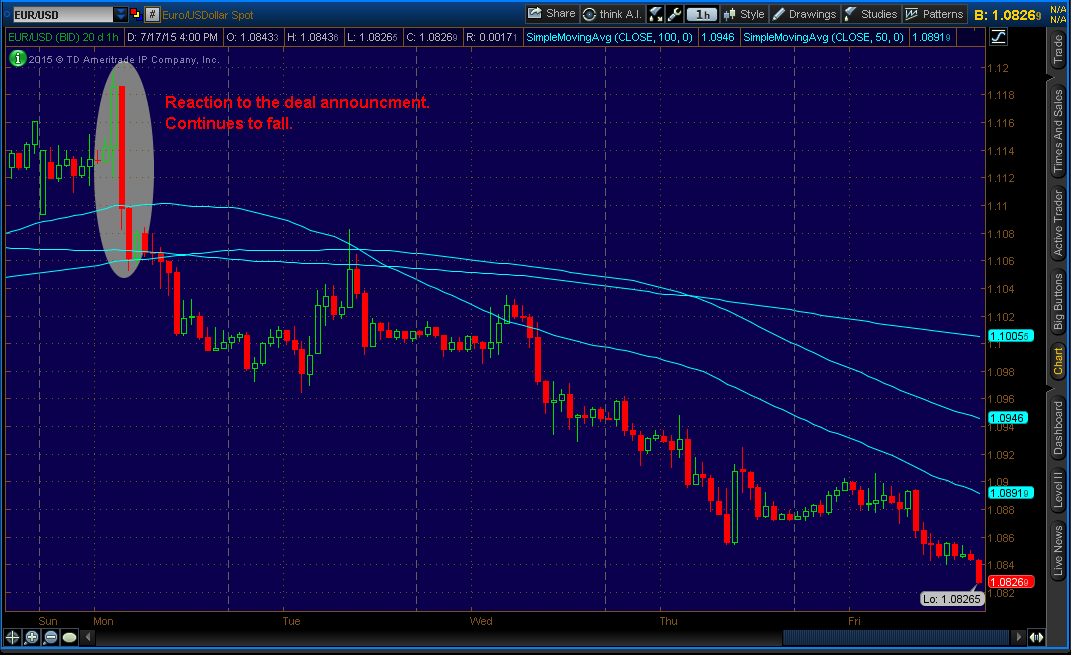
I have been short on Euro for some time now and I will continue to be short. Even with deal close, tough challenges remain ahead. ECB might increase or even extend its Quantitative Easing (QE) program, giving support to the European stocks and causing Euro to weaken further. I believe EUR/USD will reach parity level in the next 6 months.
Once the Greece drama settles, more focus will be on the fundamentals in the euro-zone outside of Greece, which accounts for more than 98% of the region’s GDP.
No clear road ahead, still. What’s next?


